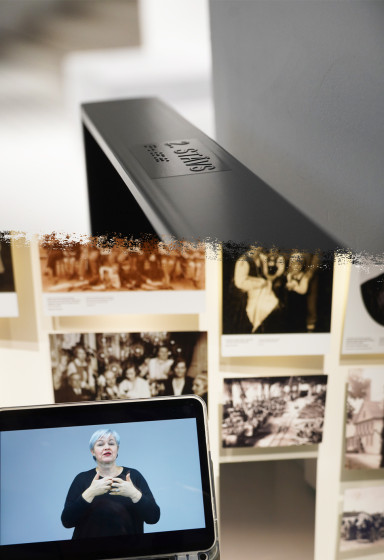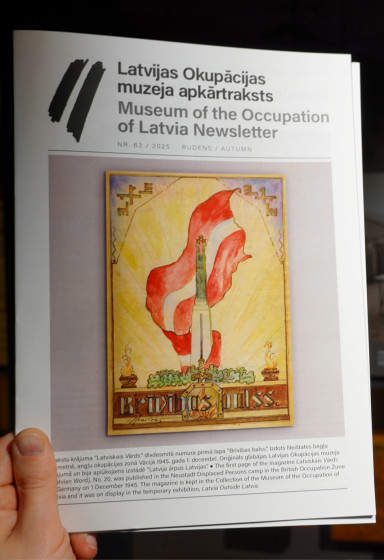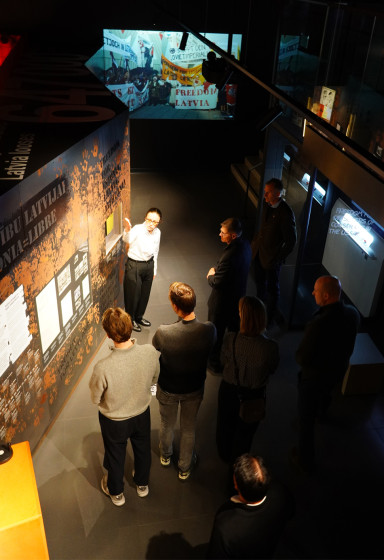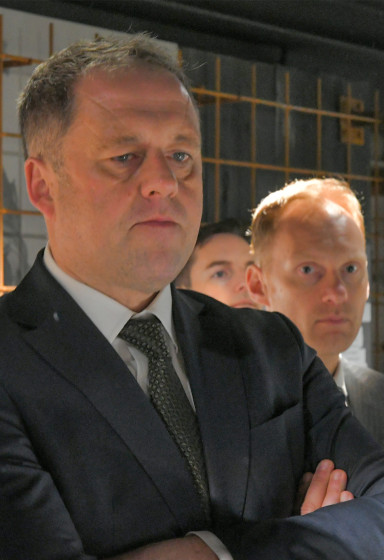Donate to Museum
Each donation helps to ensure the Museum's activities, allowing it to function and provide information for people from all over the world.
The Museum is grateful to each donor and invites everyone to contribute.
The Reconstruction Project of the Museum is Back on Track
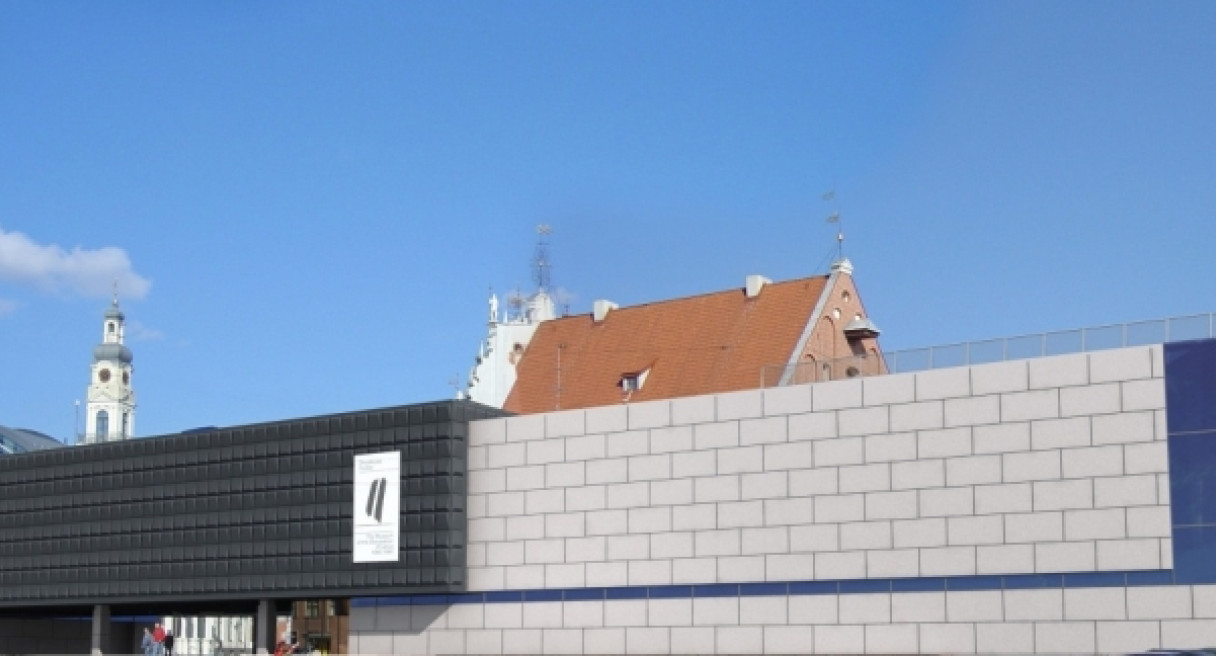
The way has finally been cleared for the remodelling and expansion of the Museum's "Building for the Future." The scheduled completion date is October 2018, just in time for Latvia's hundredth birthday 18 November. It has been a very bumpy fifteen-year ride.
The building was designed by the distinguished Latvian-American architect Gunnar Birkerts, who is also the author of the new National Library building in Riga. He presented his vision to remodel the existing Soviet-era Museum of the Red Latvian Riflemen and build an addition for the Occupation Museum in 2001. From the dark past to the bright present and translucent future was his metaphor. The design was approved in 2008, but the world-wide financial crisis prevented it from being implemented. In 2011, the Latvian government, which owns the building, decided to restart the project. It was supposed to be finished by 2014. In 2012, the Museum moved to temporary quarters. However, several architectural companies with low bids could not finish the technical plans. They were finally finished in 2015. At that time some prominent Latvian architects objected to the project claiming that it would destroy a priceless monument of Soviet Modernism. Although the State Inspection for Heritage Protection and the Riga Historical Centre Protection and Development Council approved the design, the Riga City Building Office insisted on vaguely described changes and refused to issue a building permit.
Finally, on 20 September 2016, the Latvian Parliament, the Saeima, passed an amendment to the Law on the Museum of the Occupation of Latvia granting it and the projected adjacent Memorial of the Victims of the Soviet Regime the status of "objects of national significance" and transferring the functions of the Building Office to the Ministry of Environmental Protection and Regional Development. Thus there is reasonable hope that under the aegis of the Republic of Latvia the Museum will finally have a permanent hope with a new, modern exhibition in 2018 and that Gunnar Birkerts' metaphor will become architectural reality.

